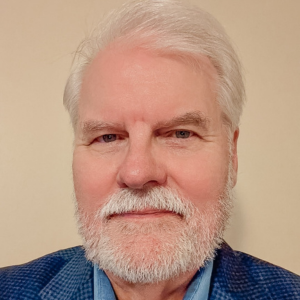The HBO series The Gilded Age is an interesting study contrasting old New York City with the new money arrivals in the late 1880s. Wealth abounds, there are philanthropic causes to support, yet envy and social standing prohibit the combination of these wealth sources for the common good.
Like this dynamic, one of the challenges around economic development is implementing a public-private partnership effectively. How does an economic development organization navigate the sometimes choppy waters of its relationship with a municipality or municipalities, the county, and others?
Clearly defining roles
The successful partnerships Convergent has seen over the years share a clear understanding of the roles for the economic development organization and the government entities. We often see the roles muddied because of ineffective communication and contrasting board priorities.
We've seen governmental entities create their own economic development departments because of the perceived ego involved in the leadership of their board. If the lines of communication were more transparent and more time devoted to developing the relationship, beliefs could change. There would be more receptivity for collaboration rather than creating a new entity.
The World Bank has a dry definition for a public-private partnership. ‘A long-term contract between a private party and a government entity, for providing a public asset or service, in which the private party bears significant risk and management responsibility, and remuneration is linked to performance.’
Understanding risks and strengths
The public-private partnerships discussed here are not necessarily contractual in nature. They recognize what the public sector does best and what the private sector does best. The public sector can create and maintain infrastructureâsewer, water, roads, etc. It also determines land-use policies. This is where great divides often happen between public and private interests.
The private sector takes substantial risks investing in the construction or expansion of a facility, bearing the fragilities and complexities of the market for their goods or services, and wrestling with the talent acquisition environment. The public sector risks individuals losing elections because of public opinion of their actions about land use, property taxes, etc. All are valid concerns.
How do these potentially dissimilar views become reconciled?
Communication and education
Communication and education are the keys to building the private-public partnership relationship. It is impossible to over-communicate.
Elected or appointed officials must understand what truly drives economic growth and how it's done. Successful public-private partnerships have been at the core of funding community development, education, and so much more for many years. The economic development organization must listen carefully, embrace what it hears and work diligently at bridging the gap in understanding. This requires repetition, repetition. When you're weary of repeating, your intended recipient is in a better place to understand. It also means the private sector economic development organization shows up at public meetings, meets with stakeholders regularly, and reports the outcomes of its efforts.
All these efforts at educating and developing positive relationships based on mutual respect and understanding should help cast a vision that will energize stakeholders and strengthen the public-private partnership necessary to maximize the growth of the community served.







